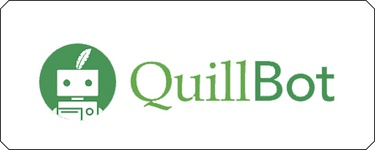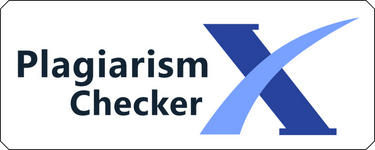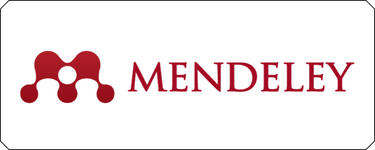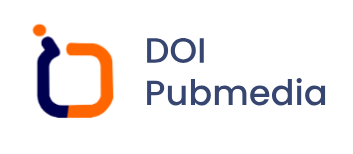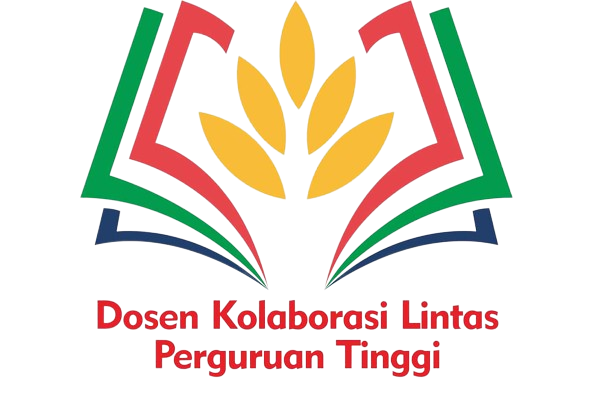Comparison of the Strategic Plans of the Ministry of Education and Culture and Universitas Brawijaya Based on Theoretical
DOI:
https://doi.org/10.69812/jgs.v1i1.31Keywords:
Comparison, Strategic, PlanAbstract
Education has a crucial role in determining the direction of a nation's development. Indonesia's Gross Enrollment Rate (APK) data shows a positive trend, but challenges in the quality of education remain, especially in terms of literacy, numeracy and understanding of science based on PISA scores. The inequality of educational attainment between regions indicates the need to increase access and quality of education evenly throughout Indonesia. Inadequate curriculum in developing basic competencies is one of the main causes of suboptimal achievements. Apart from that, Indonesia also faces the challenge of low public IQ levels, showing the importance of improving the education system to increase the nation's overall competitiveness. The process of preparing the vision, mission and strategic objectives by the Ministry of Education and Culture and Brawijaya University adopts an approach that is in accordance with theory, but the main challenge lies in implementing the strategic plan. Brawijaya University demonstrated excellence in overcoming implementation barriers, which enabled them to achieve strategic goals more effectively. In this context, alignment between vision, mission and goals is key in designing and implementing sustainable strategic
Downloads
References
Ananda, R., & Daulay, A. (2018). Challenges of Strategic Planning Implementation in Indonesian Higher Education Institutions. KnE Social Sciences.
Ansoff, H.I. (1965). Corporate Strategy. New York: McGraw-Hill.
Argyris, C. and Schön, D. (1978). “Organisational Learning: a Theory of Action”. Perspective. Addison-Wesley.
Bryson, J. M., & Alston, F. K. (2005). Creating and Implementing Your Strategic Plan : a Workbook for Public and Non Profit Organizations. San Fransisco: Jossey Bass.
Bryson, John M., (2004). Strategic Planning For Public and Nonprofit Organizational, Third Edition, San Francisco: Jossey-Bass.
Dolence, M. G., & Norris, D. M. (1995). Strategic Planning in Higher Education: Concepts and Practices. Jossey-Bass.
Duke, C. (1992). The Learning University: Towards a Paradigm. Society for Research into Higher Education. Open University Press.
Eckel, P., Green M. and Hill, B. (2001). On Change: Riding the Waves of Change : Insights from Transforming Institutions. American Council on Education.
Hinton, K. E. (2019). Strategic Planning for Private Higher Education. Rowman & Littlefield.
James, R. (2000). “Quality Assurance and the Growing Puzzle of Managing Organisational Knowledge”. Higher Education Management Vol. 12, No. 3. OECD.
Luxton, A. (2022). Andrews University 2022-2025 Strategic Plan-Storyline One: Access. Focus, 58(2), 22.
Sallis, E. (2010). Total Quality Management in Education, Jakarta : IRCiDSoD.
Sudarsono, R., & Widyanto, A. R. (2016). Implementation of Strategic Planning in Indonesian Higher Education Institutions. Journal of Education and Practice, 7(32).
Sugiyono, D. (2013). Metode penelitian pendidikan pendekatan kuantitatif, kualitatif dan R&D.
Tabatoni, P., Davies, J., and Barblan, A. (2002). Strategic Management and Universities’ Institutional Development. Brussels: European University Association
Texas Workforce Commission. (2005). Strategic Planning : Managing Strategically. Texas: Texas Workforce Commission.
Zechlin, L. (2010). Strategic planning in higher education. International encyclopedia of education, 4, 256-263.
Downloads
Published
How to Cite
Issue
Section
License
Copyright (c) 2024 Lestari Eko Wahyudi, Abela Chairunissa, Eva Fadilah Ramadhani, Durratun Nashihah, Muhammad Naufal Luthfi

This work is licensed under a Creative Commons Attribution-ShareAlike 4.0 International License.
You are free to:
- Share — copy and redistribute the material in any medium or format for any purpose, even commercially.
- Adapt — remix, transform, and build upon the material for any purpose, even commercially.
- The licensor cannot revoke these freedoms as long as you follow the license terms.
Under the following terms:
- Attribution — You must give appropriate credit, provide a link to the license, and indicate if changes were made . You may do so in any reasonable manner, but not in any way that suggests the licensor endorses you or your use.
- ShareAlike — If you remix, transform, or build upon the material, you must distribute your contributions under the same license as the original.
- No additional restrictions — You may not apply legal terms or technological measures that legally restrict others from doing anything the license permits.





